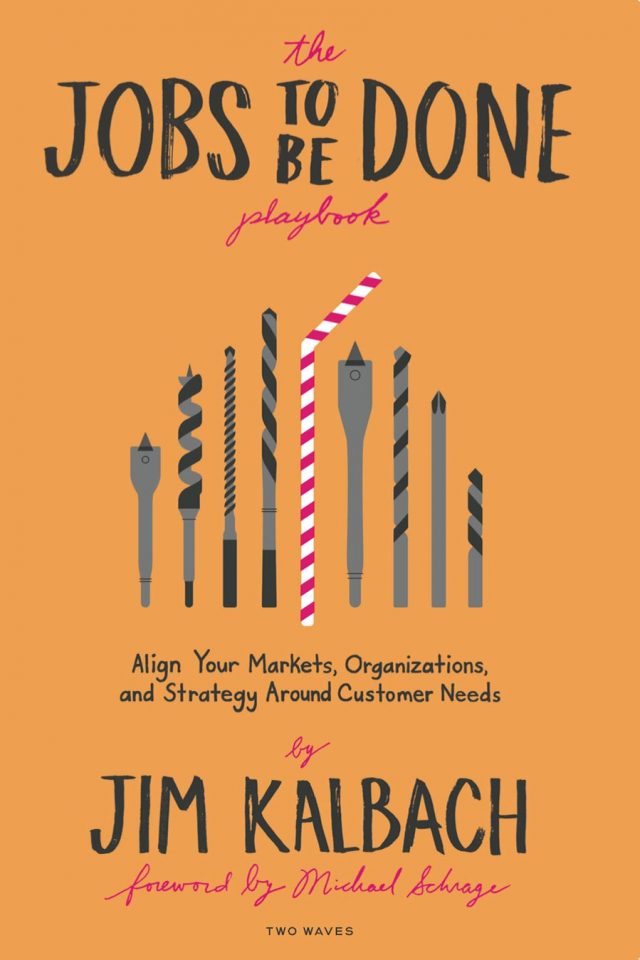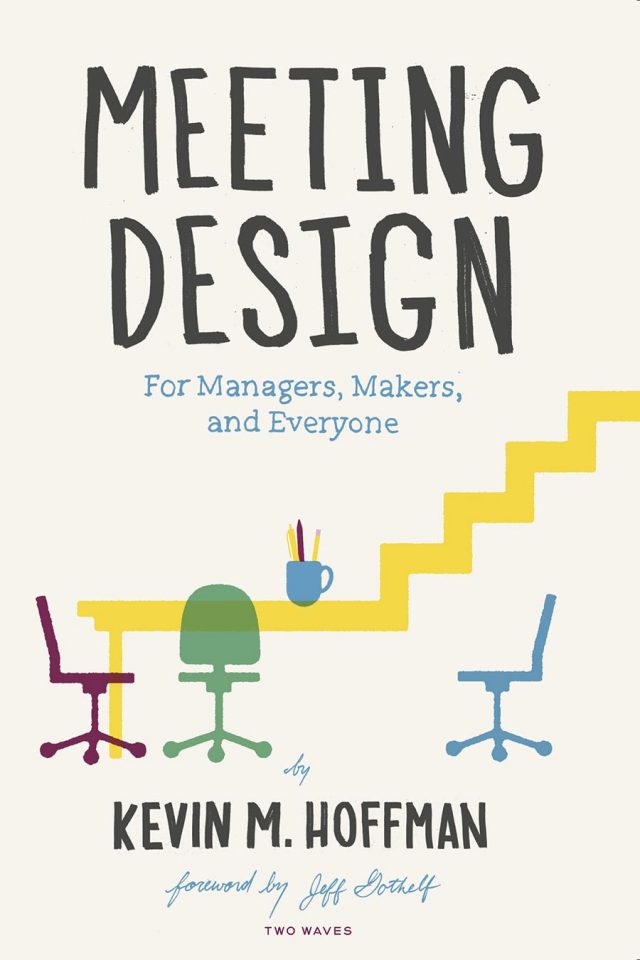After more than 20 years of creating and making things for the internet, I’ve learned a thing or two. And when it comes to project management, I’ve found the following to be true:
- Project management is hard. Variables like virtual teams, unknown technology, and scope creep can turn seemingly simple projects into mission impossible. Sometimes, it takes every ounce of your energy, patience, discipline, and all the soft skills you can muster to even complete a project, much less make it great or timely.
- Project managers are routinely underappreciated. Let’s face it—if you’re good at your job, your contributions often go unnoticed. And typically, the spotlight is given to other disciplines, like design and development.
I am a designer by trade, but I’ve often been put into a leadership position. Which means that I’ve had to practice project management out of necessity, not by choice. Until now, there have been very few resources available to help practitioners like me understand how to manage people and projects. So when Brett told me that he was writing this book, I said, “Take my money!” because Project Management for Humans is sorely needed.
Having worked with Brett for the past seven years, I knew firsthand that he’d earned his knowledge the hard way. There’s nothing in this book that Brett has not lived through, dealt with, and, at the end of the day, delivered as a project manager.
There are two audiences for this book: the dedicated project manager, and everyone else who finds himself or herself tasked with leading projects and teams (designers, developers, strategists, and executives, for example).
For all you project managers out there—whether you’re hoping to learn new ideas, change career paths, or validate the hard work that you’re already doing—this book provides the advice and ideas you’ll need to handle any project situation, no matter how complex.
For the designers and developers who are taking their first steps into project management, you’re in good hands. The road ahead will not be easy; pay heed to Brett’s advice in the following chapters, and it will help you form great teams and launch successful projects and products.
Finally, a word to the wise: if you are leading projects or teams, seek out the fellowship of your peers. This book is just a start, and it will certainly help you take giant leaps in your career. However, collaborating with your peers will give you even more confidence and enable you to achieve victory often.
Go forth and be great!
Greg Storey
Austin, Texas
@brilliantcrank






